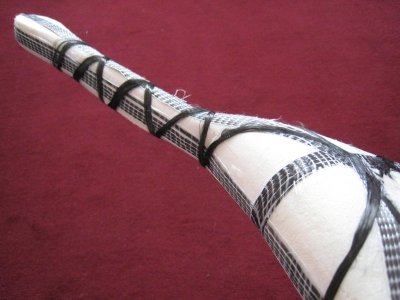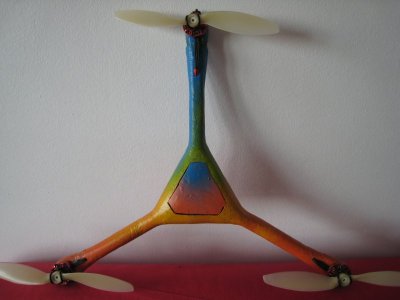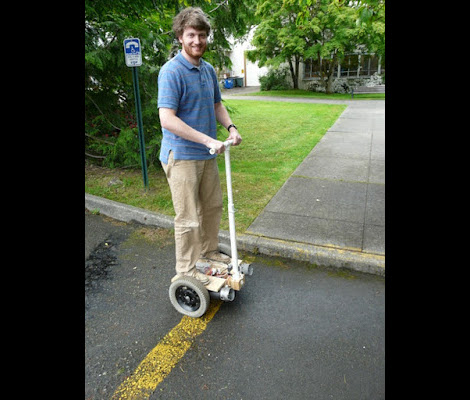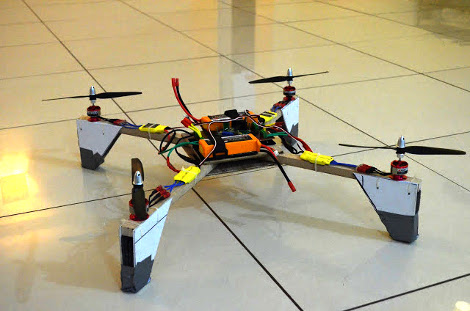With more than five years down the road in this successful hack, [Alexinparis] and his pioneering Nintendo controller hack have been taking eager enthusiasts to the skies with homebrew multicopters armed with MultiWii firmware.
The MultiWii firmware, like most other glorious moments that gloss these pages, was as a hack, and a darn good one. By harvesting the (I²C-based) accel-gyro sensor package in a Nintendo Wii MotionPlus, [Alexinparis] developed control firmware for an Arduino Pro Mini, and, thus: the MultiWii Controller Board was born. With a successful WiiMotion Plus pcb extraction, an Arduino Pro Mini, and some help from the forums, the dedicated hobbyist could build their own flying platform with customizable firmware enabling bi, tri, quad, hex, octo, Y6, and Y4 propeller configurations.
With a working flight controller, [Alexinparis] sent his firmware skyward in a tricopter built from scratch. For a light-but-sturdy shell, he opted for a lost-foam cast hull made from fiberglass and carbon fiber tow. This hull houses most of the electronics safely inside the hollow shell while maintaining the strength to sustain heavy blows from crashes. (The version shown above features additional carbon fiber reinforcement in the center.)
More than five years later, MultiWii is a mature open-source project with firmware and wiki under constant update. If you’ve ever considered getting started with multicopters, this project stands as a tested-and-tried road to success. In fact, even RC vendor HobbyKing offers low-cost Multiwii PCBs compatible with the firmware. For more details on the project’s humble beginnings, head on over to the RC Groups thread and followup documentation thread.
We’ve seen MultiWii countless times in the past as the firmware in numerous multicopter builds. It’s about time we give [Alexinparis] some well-deserved credit for paving the way.
Continue reading “Multicopters And Their MultiWii Beginnings”


















